Home>Furniture & Design>Bathroom Accessories>Why Is Toilet Bowl Water Low
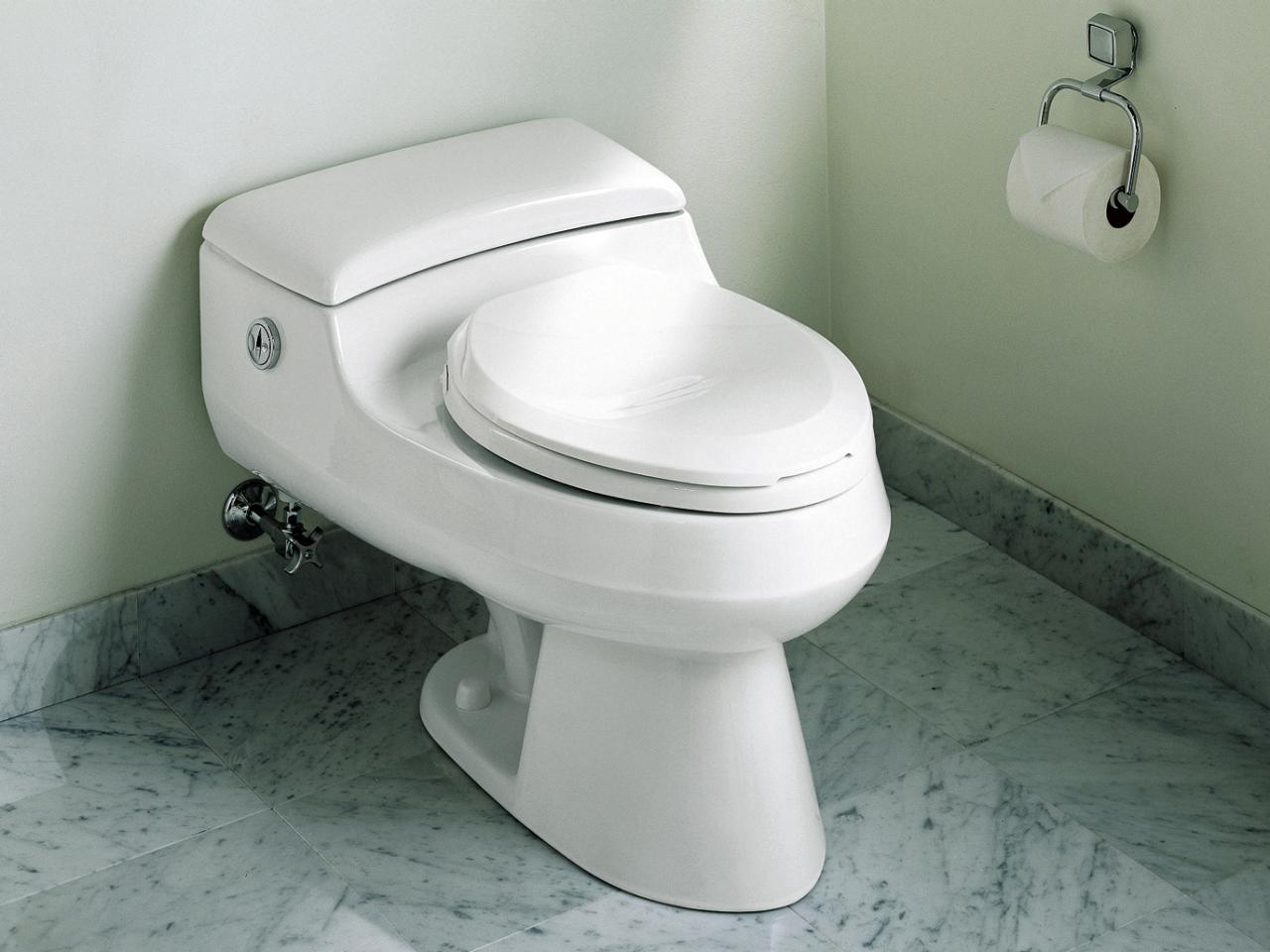

Bathroom Accessories
Why Is Toilet Bowl Water Low
Modified: February 18, 2024
Discover the reasons for low toilet bowl water and find solutions with our top-quality bathroom accessories. Keep your bathroom functioning flawlessly.
(Many of the links in this article redirect to a specific reviewed product. Your purchase of these products through affiliate links helps to generate commission for Storables.com, at no extra cost. Learn more)
Introduction
When it comes to the functionality of a toilet, one of the most crucial elements is the water level in the bowl. The water level not only affects the overall performance of the toilet but also plays a significant role in maintaining proper hygiene and preventing odors from escaping into the bathroom. However, encountering low toilet bowl water can be a perplexing and inconvenient issue for many homeowners. Whether you've noticed a gradual decrease in the water level or it has suddenly become an ongoing concern, understanding the potential causes and effective solutions is essential for restoring your toilet to its optimal state.
Low toilet bowl water can be indicative of various underlying issues, ranging from simple fixes to more complex plumbing problems. By delving into the common causes and practical remedies for this predicament, you can gain valuable insights into troubleshooting and resolving the issue effectively. From issues related to the toilet's internal components to potential obstructions within the plumbing system, there are several factors that could contribute to low toilet bowl water. By exploring these factors in detail, you can equip yourself with the knowledge needed to address the problem with confidence and precision.
In the following sections, we will explore the common causes of low toilet bowl water, providing a comprehensive overview of the potential culprits behind this issue. Additionally, we will delve into practical solutions aimed at rectifying the problem and restoring the proper water level in your toilet bowl. By understanding the underlying causes and implementing the appropriate remedies, you can ensure that your toilet functions optimally, promoting a seamless and hygienic bathroom experience for you and your household. Let's embark on this insightful journey to unravel the mysteries of low toilet bowl water and empower ourselves with the knowledge to overcome this common household challenge.
Key Takeaways:
- Don’t panic if your toilet bowl water is low! It could be due to a partially closed water supply valve, a faulty fill valve, clogged rim jets, a blocked trapway, or a siphoning effect. Check and adjust the valve, replace the fill valve, clean the rim jets, clear the trapway, and address ventilation and plumbing issues to restore the proper water level.
- Keep your toilet in top shape by understanding and addressing low bowl water. Check the water supply valve, replace the fill valve, clean the rim jets, clear the trapway, and address ventilation and plumbing issues to ensure optimal functionality and a hygienic bathroom environment.
Read more: Why Is The Water In My Toilet Bowl Low
Common Causes of Low Toilet Bowl Water
Low toilet bowl water can stem from various underlying factors, each of which warrants careful consideration and troubleshooting. Understanding the common causes of this issue is crucial for identifying the root of the problem and implementing targeted solutions. Here are the primary culprits behind low toilet bowl water:
-
Partially Closed Water Supply Valve: A partially closed or malfunctioning water supply valve can restrict the flow of water into the toilet tank, leading to insufficient water levels in the bowl. Checking the valve to ensure it is fully open and free from obstructions is essential for resolving this issue.
-
Faulty Fill Valve: A faulty fill valve, also known as the ballcock or float valve, may fail to regulate the water level in the tank effectively. This can result in inadequate refilling of the bowl after each flush, leading to low water levels. Replacing the fill valve can rectify this issue and restore the proper water level in the toilet bowl.
-
Clogged Rim Jets: The rim jets, which are located under the toilet bowl rim, play a crucial role in directing water into the bowl during flushing. If these jets become clogged due to mineral deposits or debris, the water flow into the bowl can be impeded, resulting in low water levels. Cleaning the rim jets thoroughly can help alleviate this issue.
-
Blocked Trapway: The trapway, a curved channel in the toilet that carries waste from the bowl into the drain, can become obstructed by foreign objects, mineral buildup, or accumulated debris. A blocked trapway impedes the smooth flow of water during flushing, leading to low water levels in the bowl. Clearing the trapway of any obstructions is essential for restoring proper water flow and bowl refill.
-
Siphoning Effect: In some cases, a siphoning effect caused by improper venting or plumbing configuration can lead to excessive water being drawn from the bowl, resulting in low water levels. Addressing ventilation issues and ensuring proper plumbing installation can help mitigate the siphoning effect and maintain adequate water levels in the toilet bowl.
By recognizing these common causes of low toilet bowl water, you can embark on a targeted approach to diagnose and address the specific issue affecting your toilet. Identifying the root cause is the first step toward implementing effective solutions and restoring the optimal water level in your toilet bowl.
Solutions for Low Toilet Bowl Water
Addressing low toilet bowl water involves implementing targeted solutions to rectify the underlying causes and restore the proper water level in the bowl. By understanding the specific factors contributing to this issue, you can effectively troubleshoot and resolve the problem. Here are practical solutions for addressing low toilet bowl water:
1. Check and Adjust the Water Supply Valve
Begin by inspecting the water supply valve connected to the toilet. Ensure that the valve is fully open to allow unrestricted water flow into the tank. If the valve is partially closed or obstructed, adjust it to its fully open position to facilitate adequate water supply for refilling the bowl after each flush.
2. Replace the Fill Valve
If a faulty fill valve is identified as the cause of low water levels in the toilet bowl, consider replacing the fill valve to restore proper functionality. The fill valve, responsible for regulating the water level in the tank, should be in optimal condition to ensure sufficient water refilling after flushing. Installing a new fill valve can effectively address this issue.
Read more: Why Is There No Water In My Toilet Bowl
3. Clean the Rim Jets
To alleviate low water levels caused by clogged rim jets, thoroughly clean these essential components located under the toilet bowl rim. Mineral deposits, debris, and sediment can obstruct the rim jets, impeding the flow of water into the bowl during flushing. By clearing any obstructions, you can restore the proper water flow and maintain adequate levels in the bowl.
4. Clear the Trapway
In cases where a blocked trapway is identified as the culprit behind low water levels, it is essential to clear the trapway of any obstructions. Foreign objects, mineral buildup, and accumulated debris can impede the smooth flow of water from the bowl into the drain, leading to inadequate water levels. By removing these obstructions, you can ensure proper water flow and bowl refill.
5. Address Ventilation and Plumbing Issues
If a siphoning effect resulting from ventilation or plumbing configuration is causing low water levels, addressing these underlying issues is crucial. Proper ventilation and plumbing installation are essential for preventing excessive water draw from the bowl, thereby maintaining optimal water levels. Consulting a professional plumber to assess and rectify ventilation and plumbing concerns can help mitigate the siphoning effect.
By implementing these targeted solutions, you can effectively address low toilet bowl water and restore the proper water level in your toilet. Identifying the specific cause and applying the appropriate remedy is key to ensuring optimal toilet functionality and a hygienic bathroom environment.
Conclusion
In conclusion, maintaining the proper water level in the toilet bowl is essential for ensuring optimal functionality and hygiene within the bathroom. Low toilet bowl water can stem from various underlying causes, ranging from issues with internal components such as the fill valve to obstructions within the plumbing system. By delving into the common causes and practical solutions for this predicament, homeowners can equip themselves with the knowledge needed to troubleshoot and resolve the issue effectively.
Addressing low toilet bowl water involves a targeted approach to identify and rectify the specific factors contributing to the problem. From checking and adjusting the water supply valve to cleaning the rim jets and clearing the trapway, implementing these practical solutions can help restore the proper water level in the toilet bowl. Additionally, addressing ventilation and plumbing issues is crucial for mitigating the siphoning effect and maintaining adequate water levels.
By understanding the common causes of low toilet bowl water and implementing the appropriate remedies, homeowners can ensure that their toilets function optimally, promoting a seamless and hygienic bathroom experience for the household. Whether it's a simple adjustment of the water supply valve or a more comprehensive replacement of internal components, addressing low toilet bowl water is essential for maintaining the overall efficiency and performance of the toilet.
Furthermore, proactive maintenance and regular inspections can help prevent future occurrences of low toilet bowl water, ensuring that the toilet operates at its best. By staying vigilant and addressing any issues promptly, homeowners can uphold the functionality and cleanliness of their bathroom fixtures, contributing to a comfortable and hygienic living environment.
In essence, the proper water level in the toilet bowl is a fundamental aspect of a well-functioning bathroom. By recognizing the common causes of low toilet bowl water and implementing targeted solutions, homeowners can overcome this common household challenge and ensure that their toilets operate optimally, promoting a seamless and hygienic bathroom experience for all.
Frequently Asked Questions about Why Is Toilet Bowl Water Low
Was this page helpful?
At Storables.com, we guarantee accurate and reliable information. Our content, validated by Expert Board Contributors, is crafted following stringent Editorial Policies. We're committed to providing you with well-researched, expert-backed insights for all your informational needs.
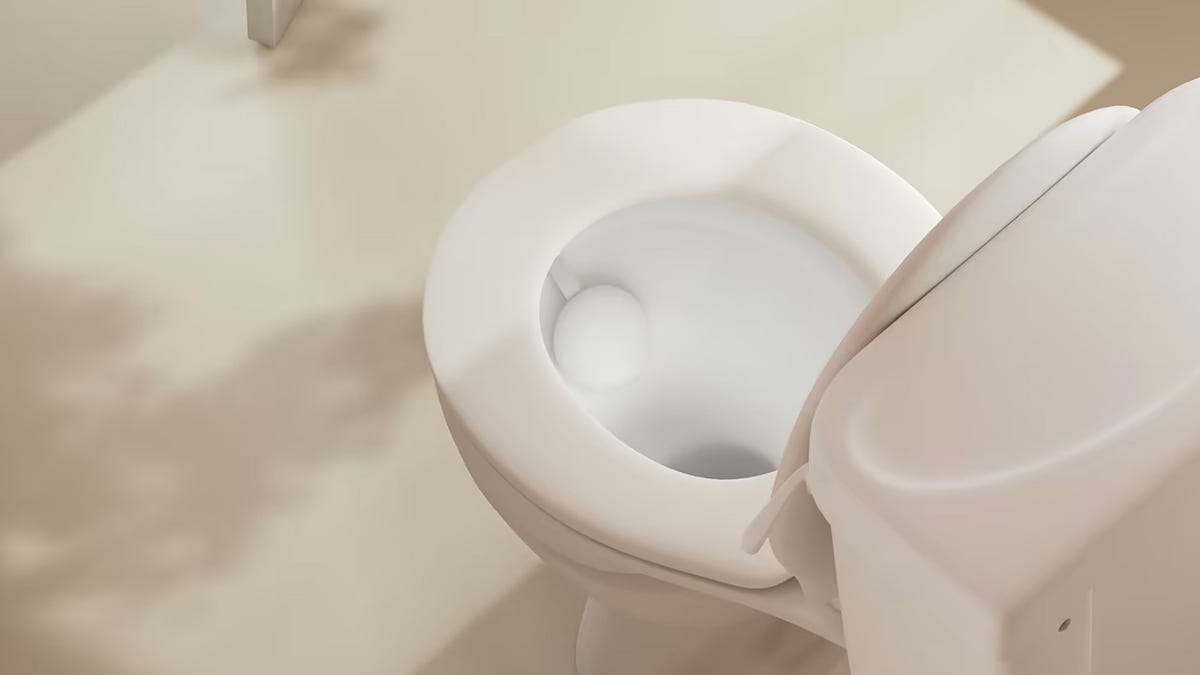
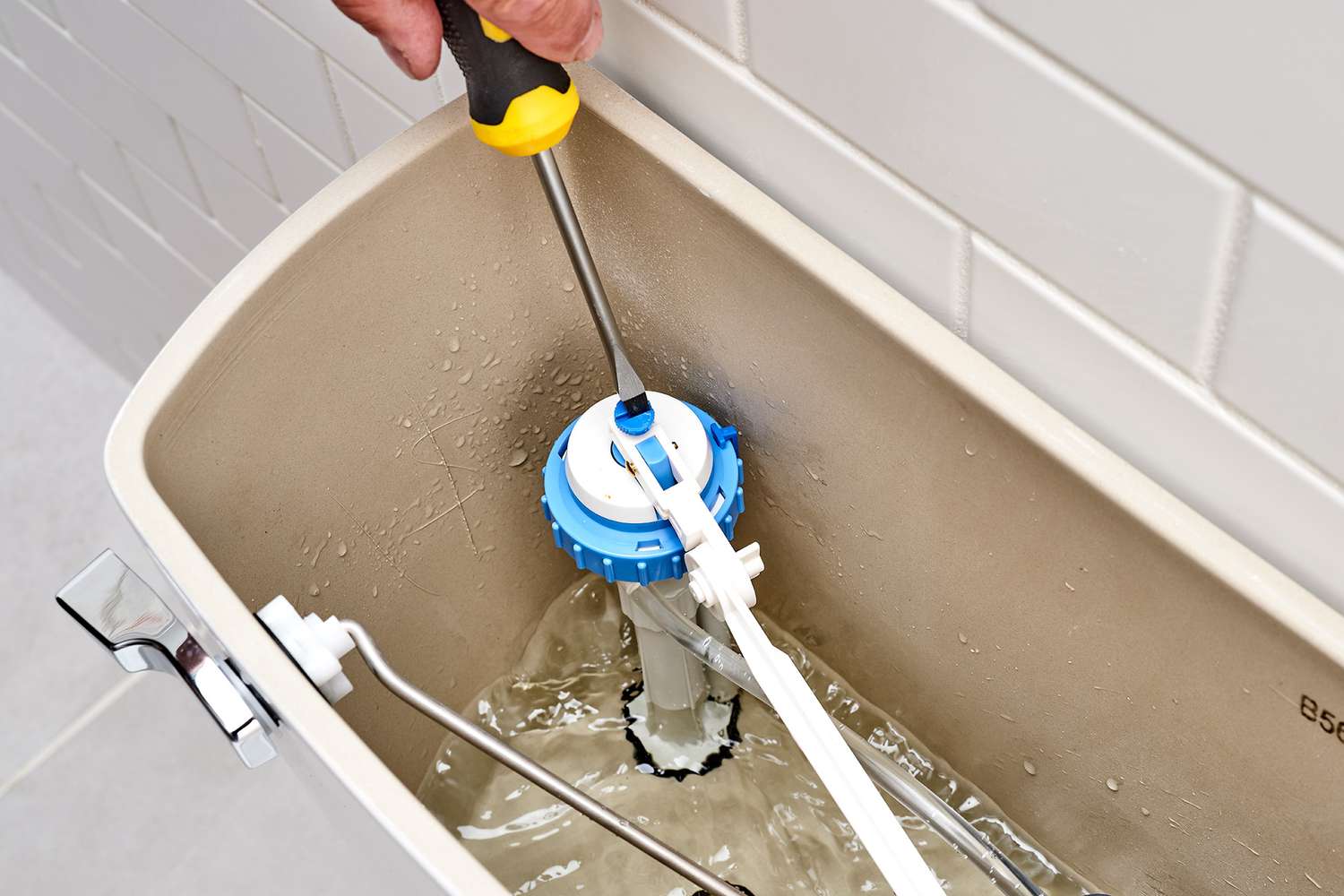
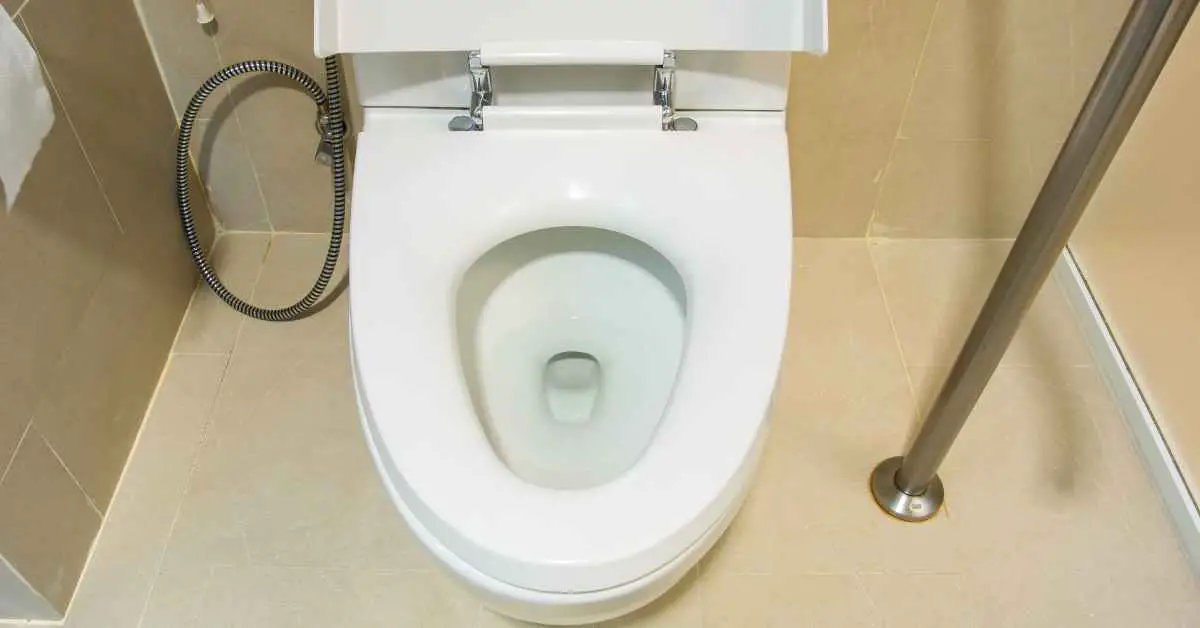
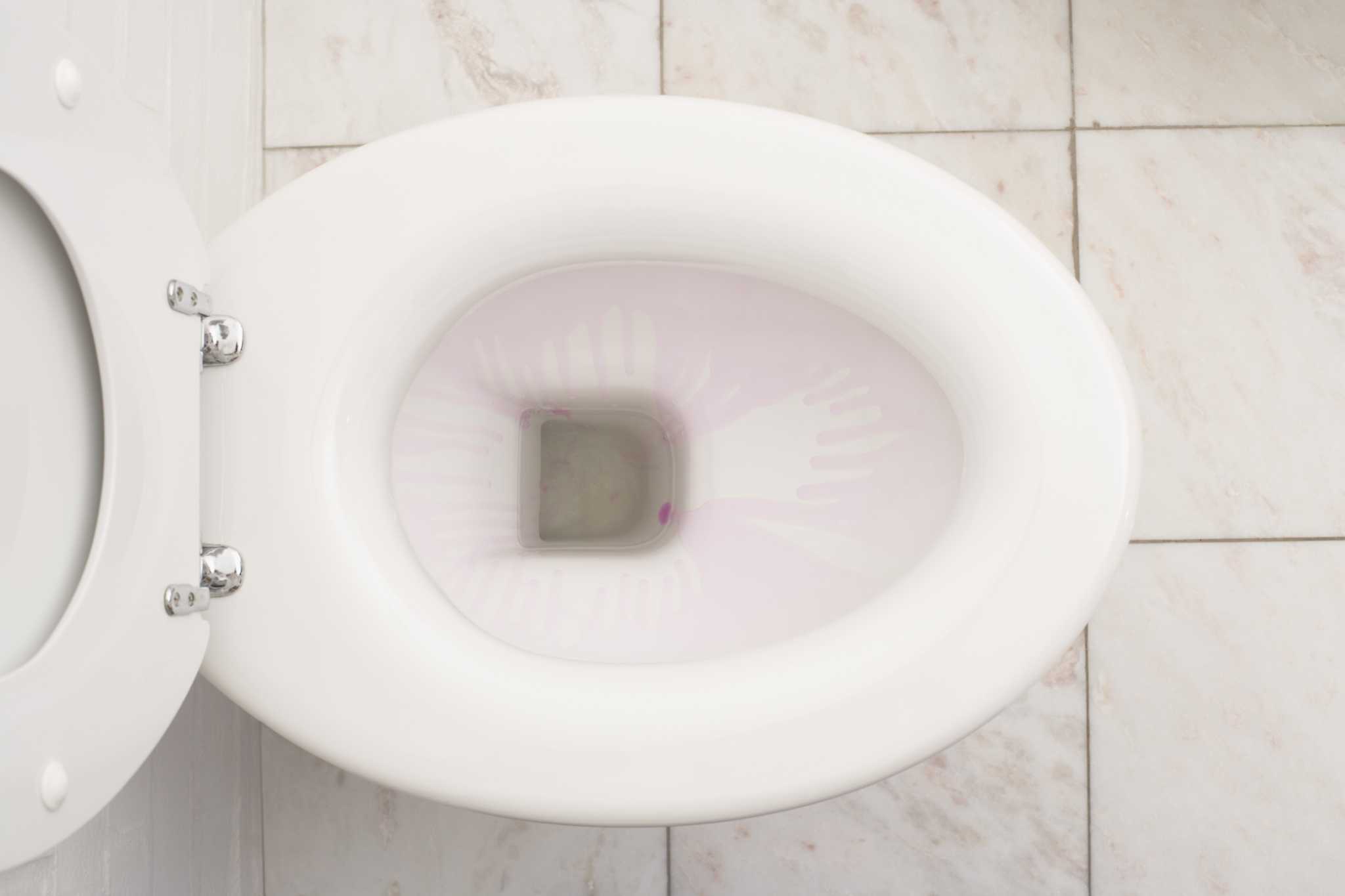
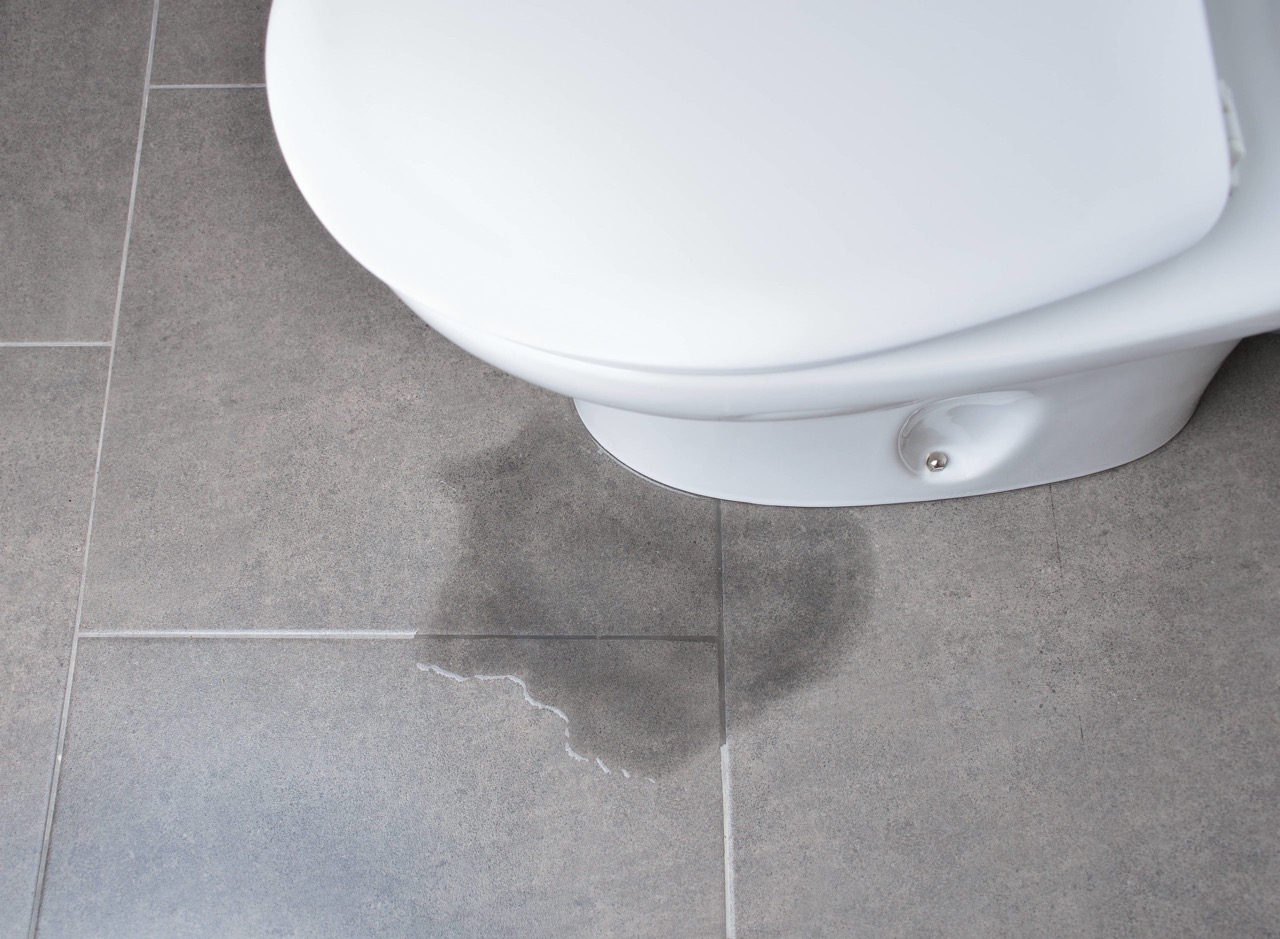
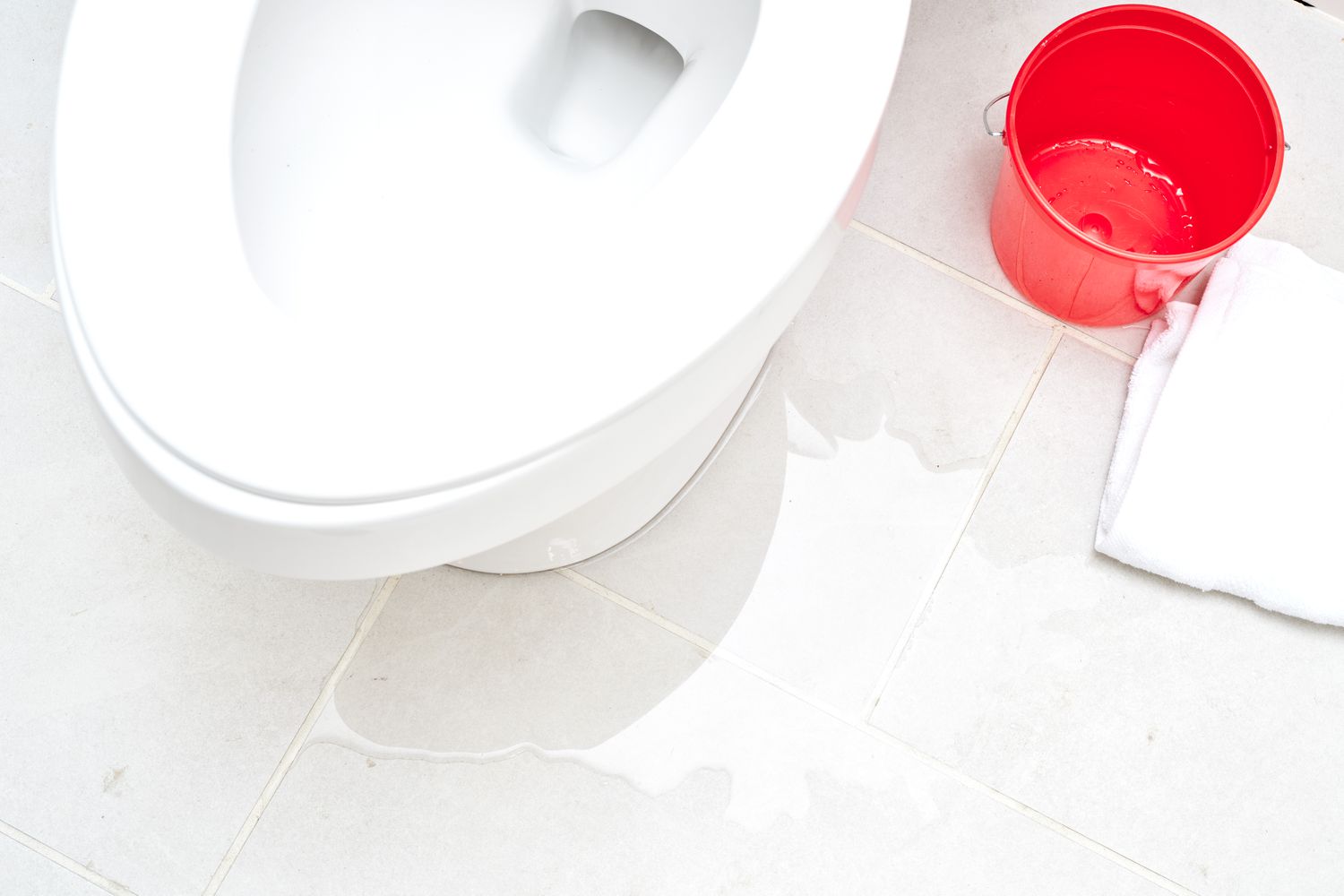
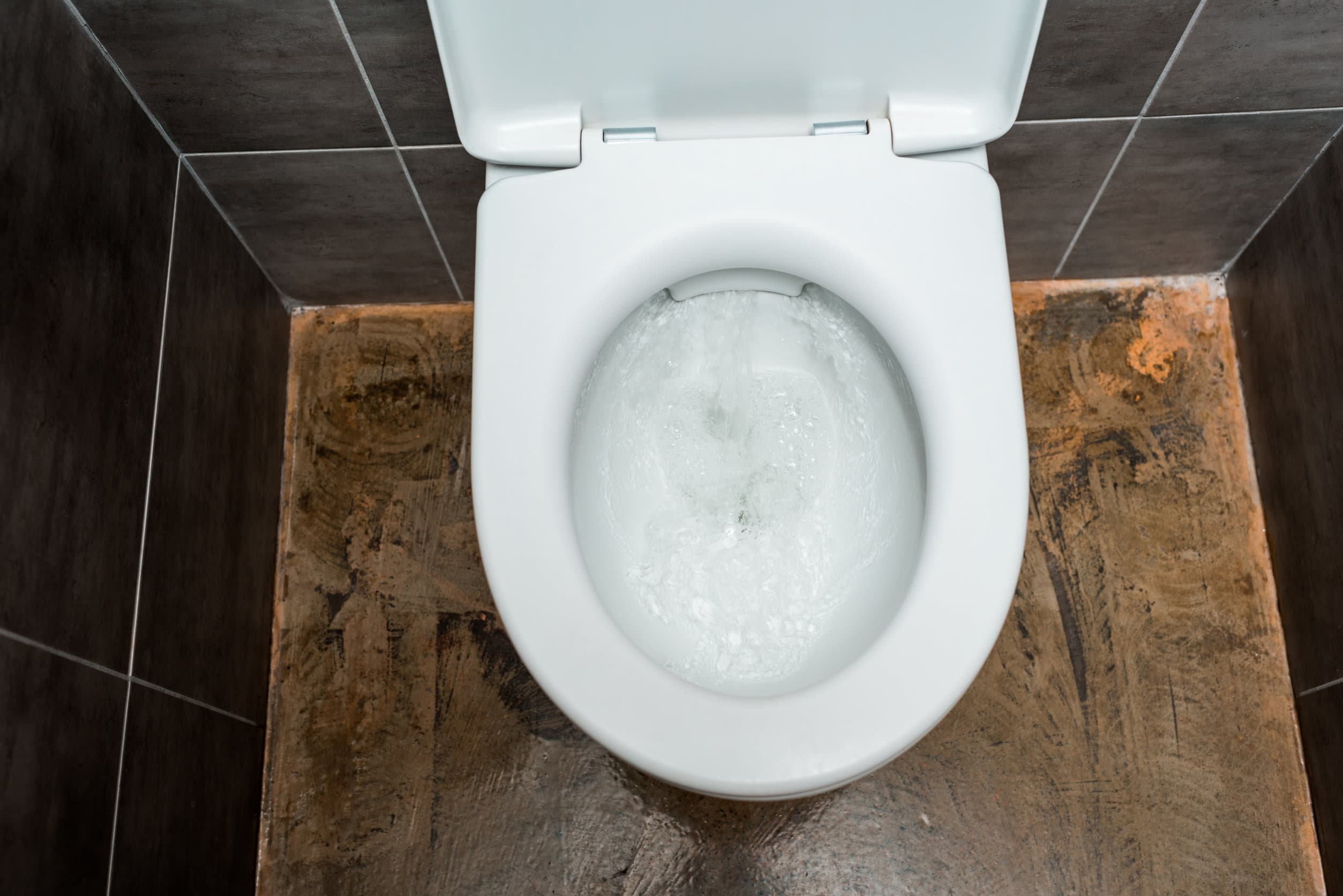
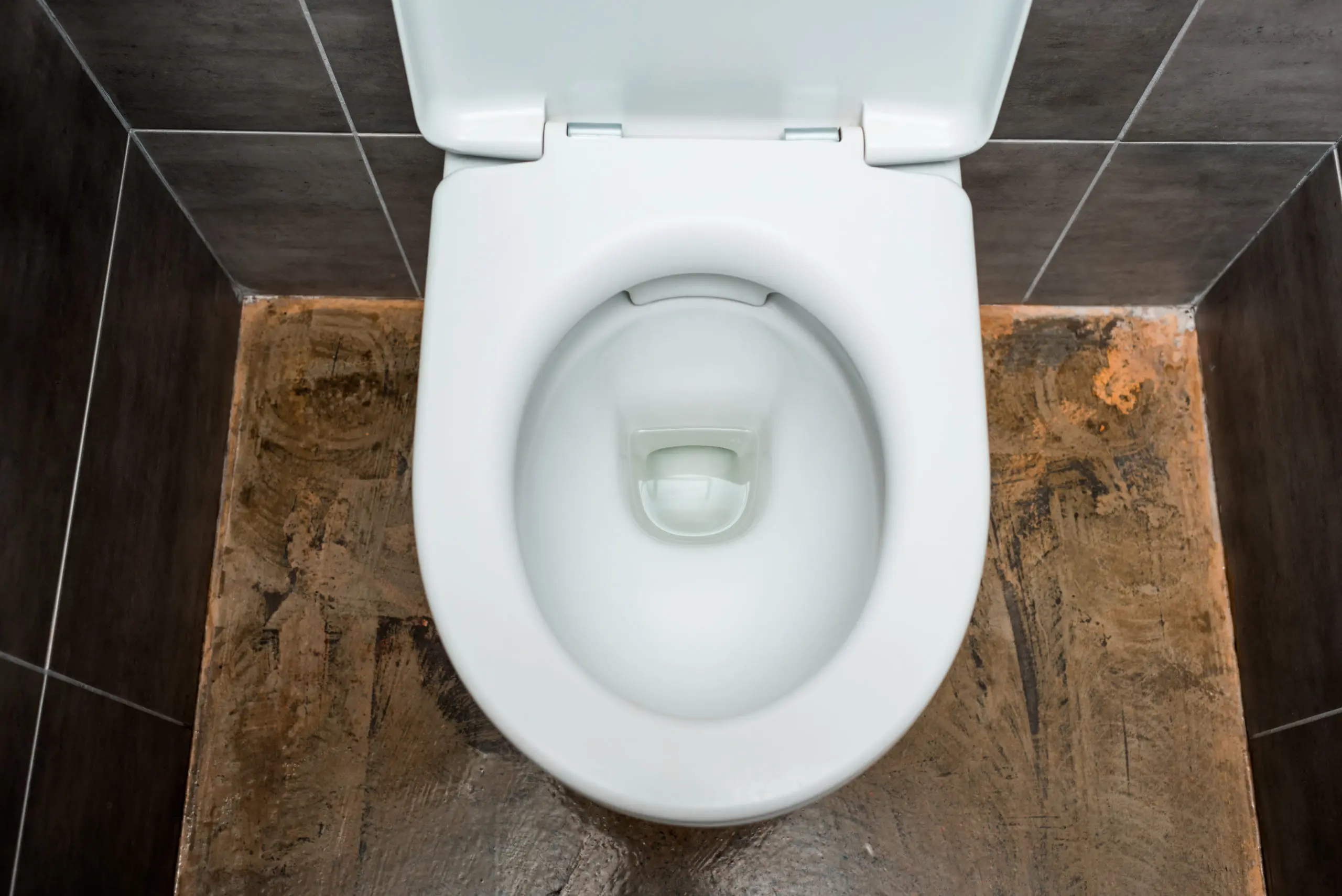
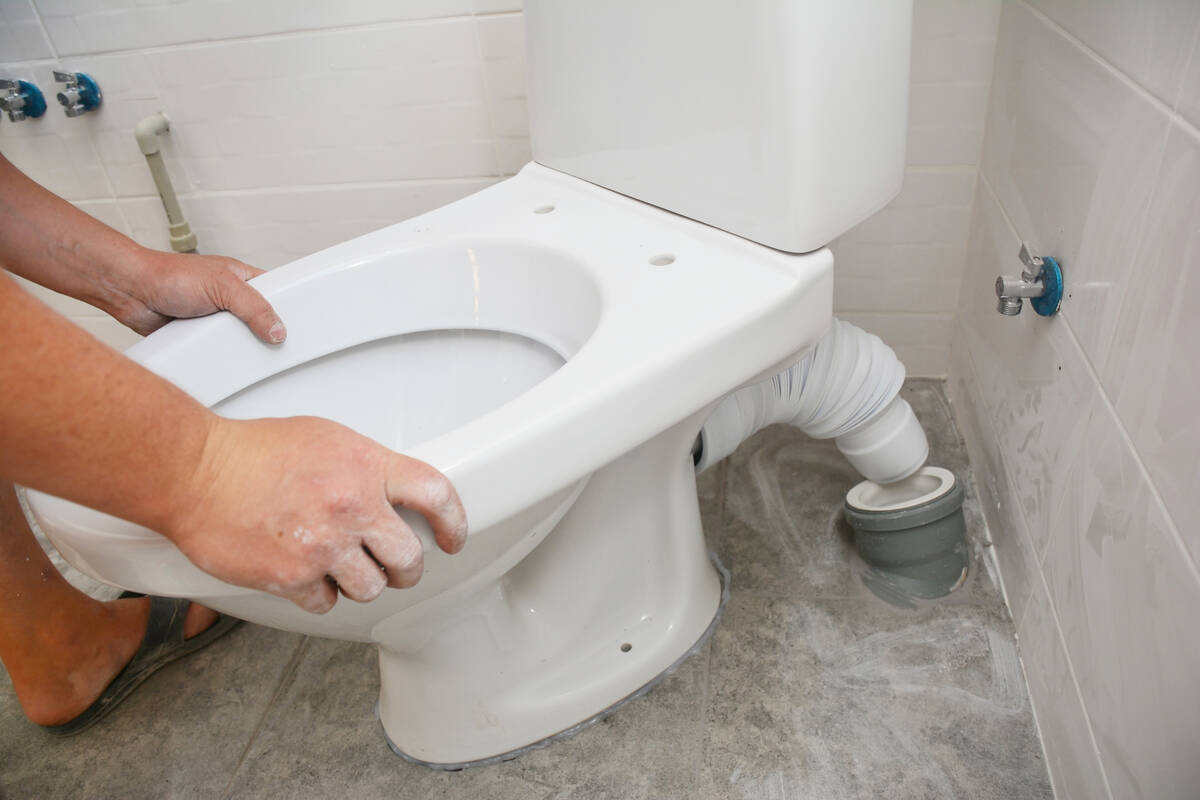
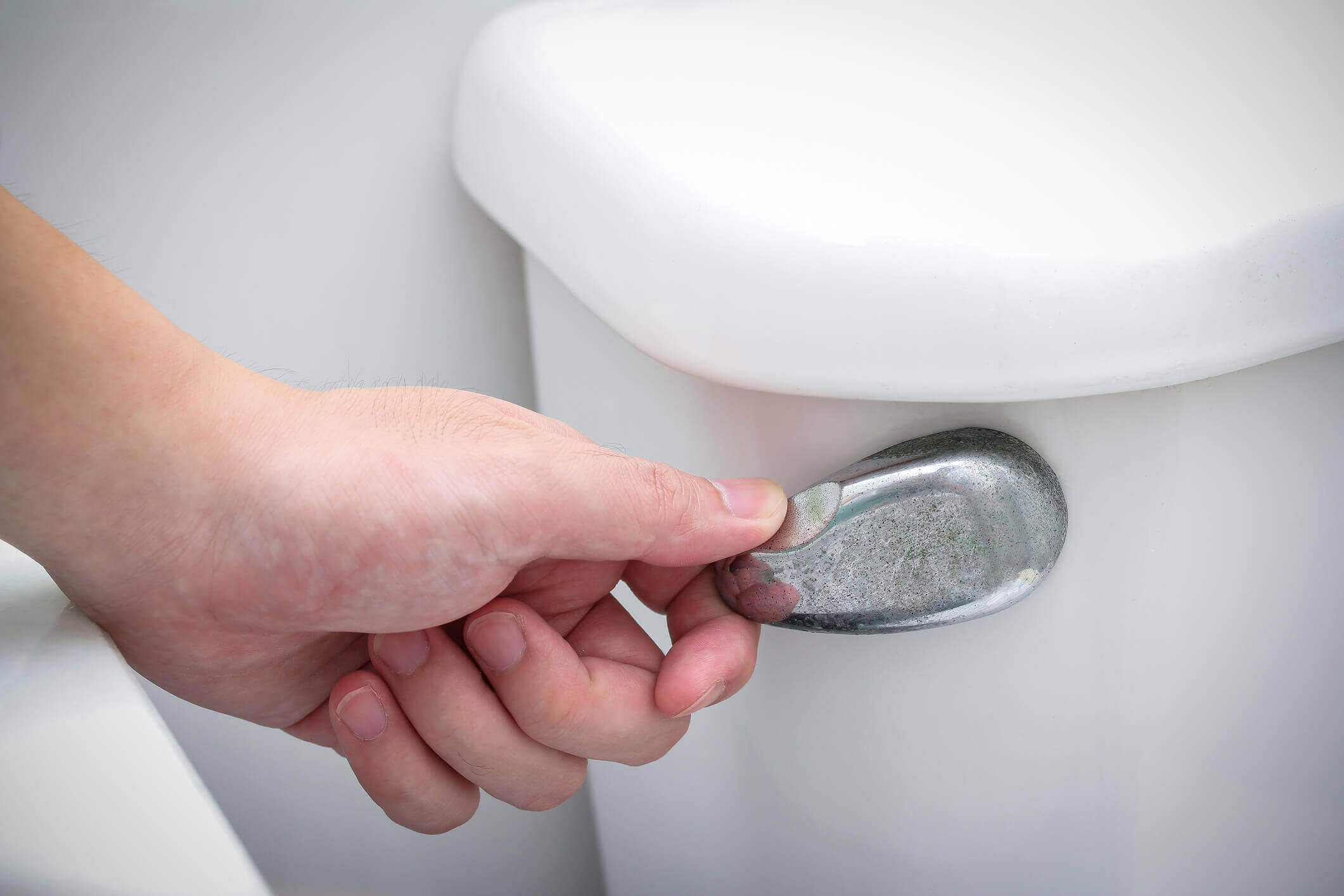
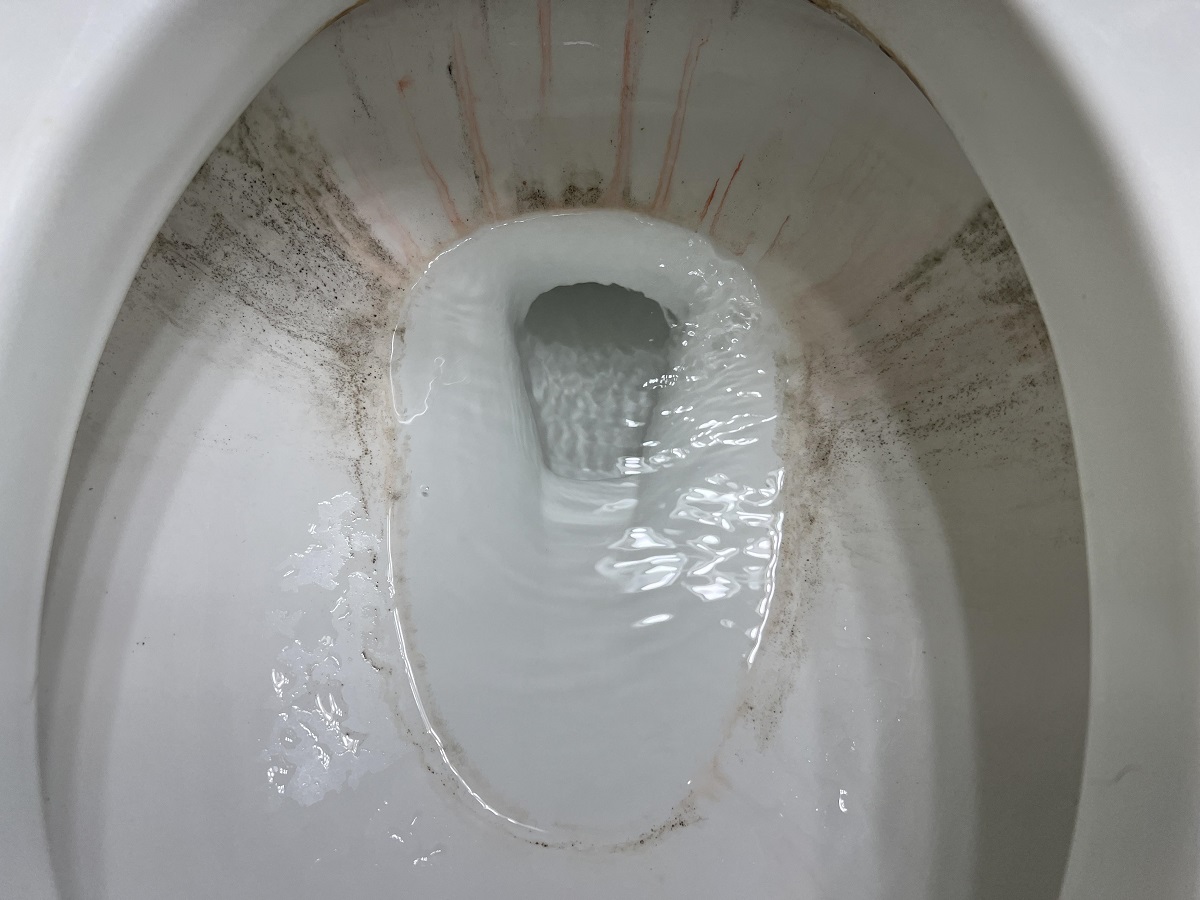
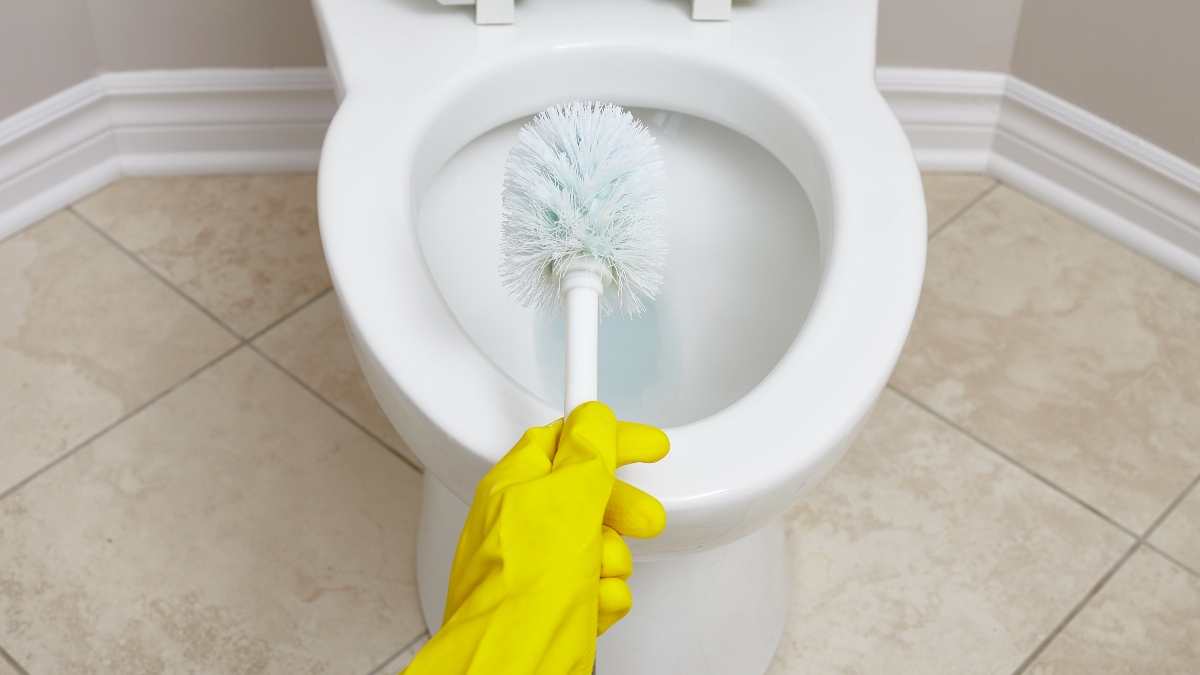
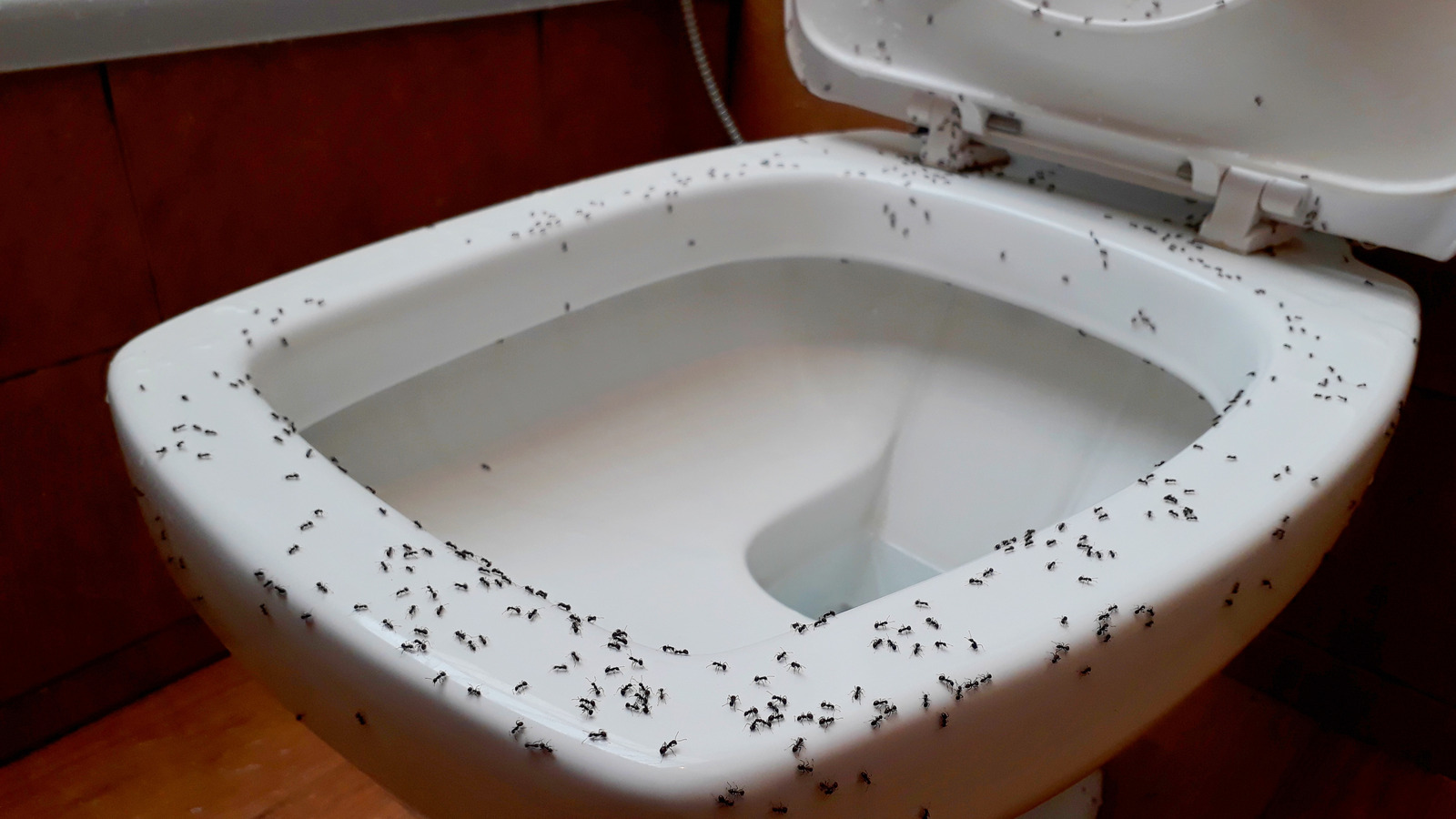
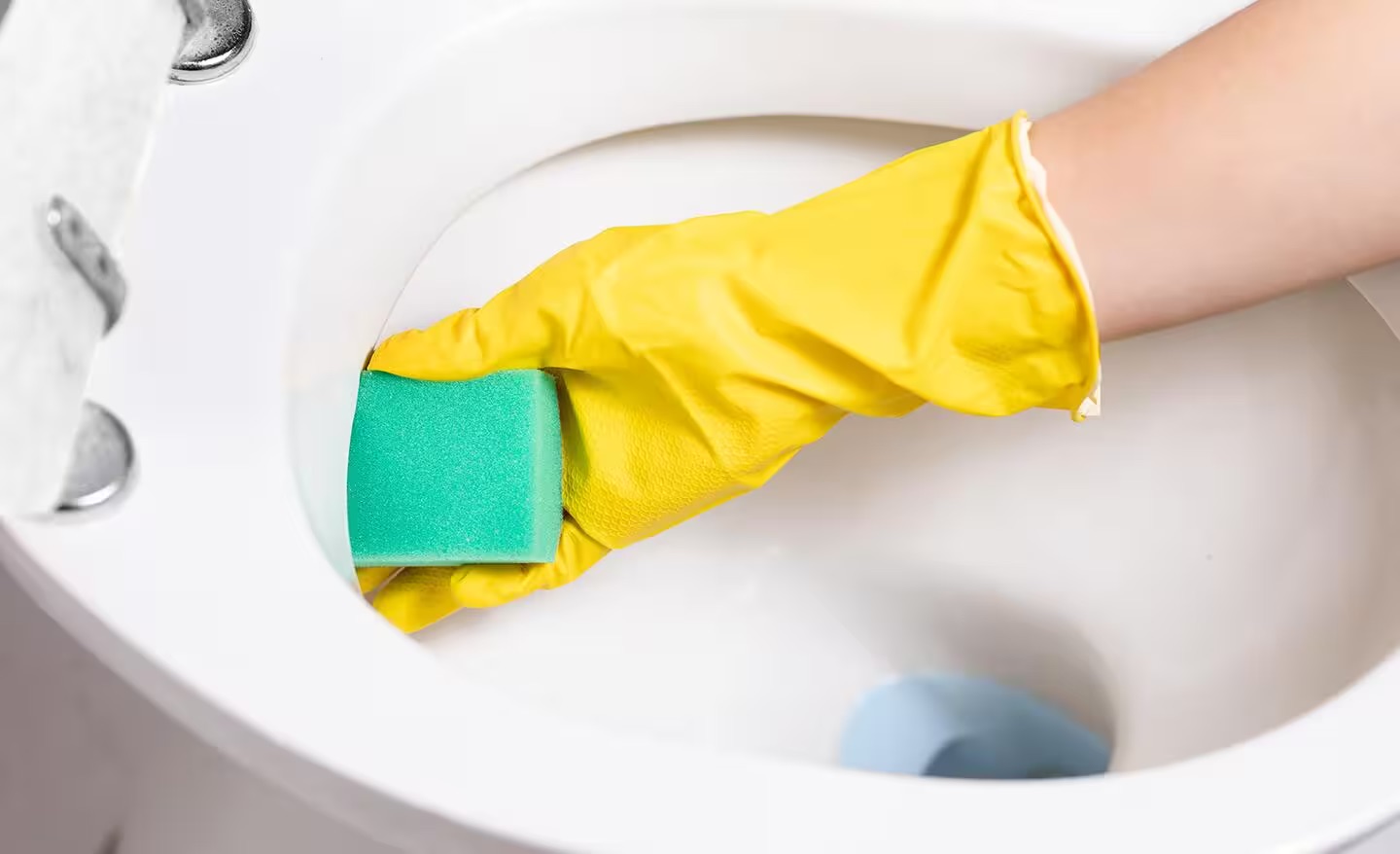

0 thoughts on “Why Is Toilet Bowl Water Low”